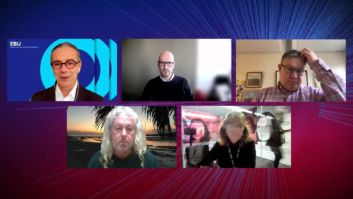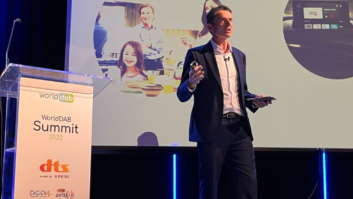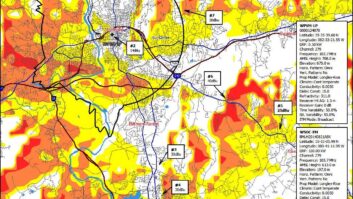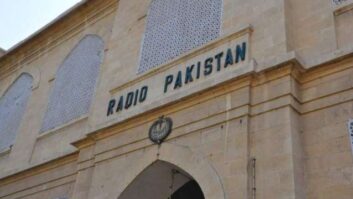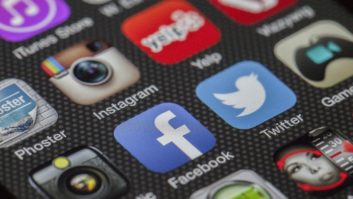LONDON � The UK�s Office of Communications has published its seventh annual report on the progress of digital radio in the UK.� It is intended to provide an update on the availability, take-up, listening patterns, and attitudes towards digital radio there.
The report is 33 pages long, so I�m going to make use of its executive summary. You can read the entire report�here.�
�In July 2010 the government launched its Digital Radio Action Plan…. The Action Plan was launched to ensure that if and when digital switchover occurs in radio, it can be delivered at a time when the market is ready, and in a way that protects the needs of listeners.
�The Government stated that it would consider a decision on whether to set a date for digital radio switchover when the following criteria were met:
- when 50% of all radio listening is via digital platforms; and
- when national DAB1 coverage is comparable to FM, and local DAB reaches 90% of the population and all major roads.
�This report uses a range of data drawn from the following research sources:
- �Ofcom licensing data;
- �retail equipment sales and pricing statistics (from an external agency, GfK);
- �Ofcom Technology Tracker research data2;
- �data on the number of DAB radios in newly-registered cars, from the Society of Motor
- Vehicle Manufacturers and Traders (SMMT); and
- �RAJAR radio listening analysis.�
�So let�s take a look at key takeaways from this report.�
�Digital radio services are available through a number of platforms: DAB, television�andinternet, but coverage varies.Local DAB services are estimated to reach around 90% of homes and around 76% of major roads. National BBC DAB services are now available to 97.3% of UK households and 87.3% of major roads. National commercial DAB services are available to 91.5% of UK homes via the Digital One network, and 76.5% of UK homes via the new Sound Digital Limited network which was launched in March this year. Television services which also carry digital radio services are available to 99% of households.
�The number of local DAB digital radio services available varies across the UK.In total there are 339 radio stations broadcasting on DAB. Of these, 32 are UK-wide commercial services and 11 are BBC UK-wide stations.
�Nearly all households are able to receive digital radio services.95% of households have televisions which give them the ability to listen to digital radio, compared to 86% through their internet connection, and more than half (57%) have a DAB radio set in the home.
���The number of digital radios sold in the year to Q3 2016 has remained broadly similar�to last year.Of the total number of radio sets sold, 1.6 million (34.8%) were capable of receiving DAB signals.
�The highest level of DAB radio ownership was in Swindon and West Wiltshire (70%).�The lowest take-up was in the Ceredigion area of Wales and in Northern Ireland (both 39%).
�85% of newly-registered cars are now fitted with DAB as standard.This represents a year-on-year increase of 12 percentage points.
�Digital radio accounted for 45.5% of total listening hours in Q3 2016.This is a year-on-year increase of 3.6 percentage points in digital radio�s share of total listening hours.
�Digital share of listening exceeded 50% in six local areas.Sussex had the highest share of radio listening via a digital platform, at 53.4%, followed by Berkshire and north Hampshire (53.2%), Swindon and west Wiltshire (51.4%), London (51.3%), Gloucestershire (50.2%) and Hertfordshire, Bedfordshire and Buckinghamshire (50.1%).
�DAB is the most popular platform for digital listening.In Q3 2016 it accounted for 70.3% of digital listening, while 11.9% was through a television and 17.8% was via the internet.
You can read the entire reporthere.�





